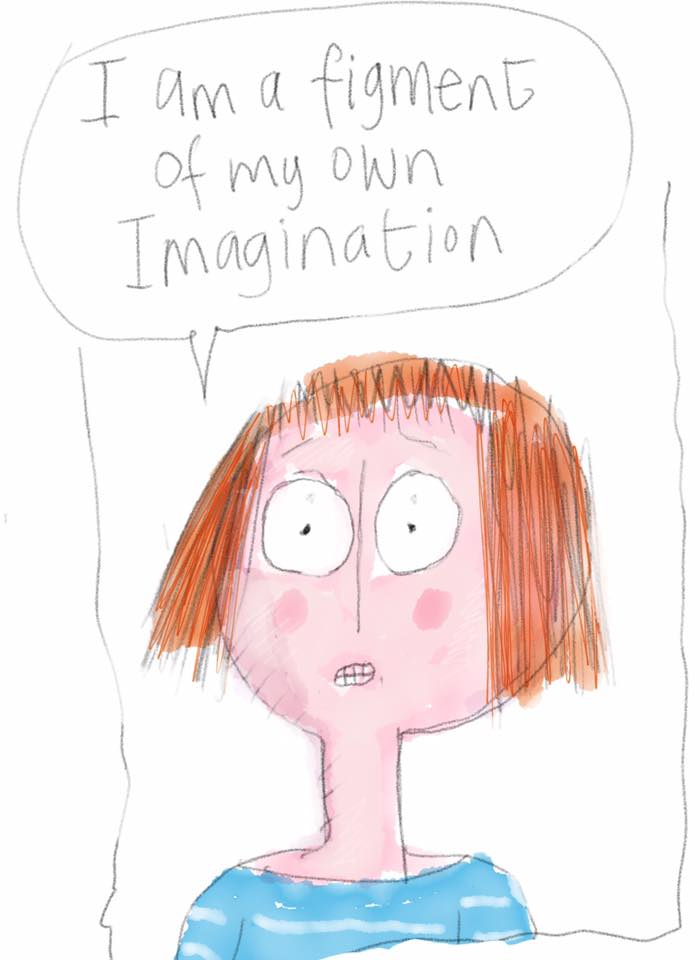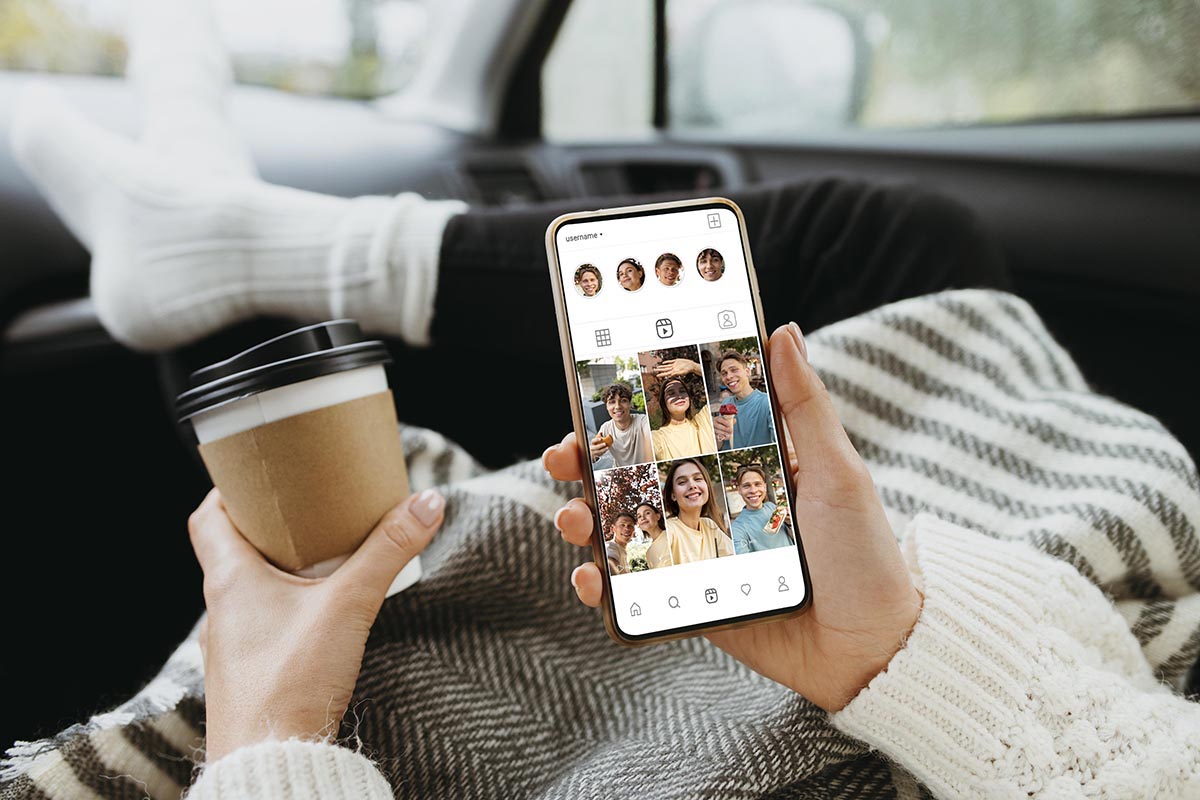Indigenous Storytelling Through Visual Art: How Cultural Narratives Are Preserved and Shared
✨Key Points
- Preserving Traditions Visually – Indigenous illustrations transform oral storytelling into visual art, helping protect cultural heritage and symbols for future generations.
- Blending Tradition and Innovation – Artists combine ancestral motifs with modern tools like digital art, murals, and graphic novels to keep cultural narratives alive and relatable.
- Empowerment and Education – Indigenous visual art promotes cultural pride, teaches younger generations, supports healing, and creates economic opportunities for artists.
Stories are very important to every culture. Indigenous people do more than entertain.
They share lessons, preserve history, and respect ancestors.
Now, artists tell these stories with pictures, and it helps keep traditions and old stories alive.
Some of these artworks appear in the casino world, such as Azurslot, where every image tells its own story.
The Power of Storytelling Through Images
Illustrations have long been used to show rituals, symbols, and myths.
People often understand pictures more easily than words.
One drawing of a mask or ceremony can share history from many generations.
This is why many artists focus on cultural stories.
Turning oral stories into images helps them last over time.
Tradition and Modernity Combined
Illustrators often mix two worlds. One is the traditions of their elders.
The other is the modern art world with galleries and digital tools. Some artists use both.
They may draw on tablets but base designs on old carvings or textiles.
This helps indigenous art reach people everywhere while keeping its roots.
Symbols as a Language
Many indigenous stories use symbols.
These can be animals, rivers, or stars. An eagle can mean freedom, and a river can mean life.
These illustrations show respect, and each symbol tells a story.
To outsiders, it may look like art, but for the community, every part has meaning.
Challenges of Authentic Representation
Illustrators face problems when showing indigenous stories.
One big issue is being true to the culture. Some fear outsiders may misuse sacred symbols.
Some argue that art should not be sold to just anyone willing to buy.
They have to know and understand the story behind the art so the history will live on forever.
The Role of Collaboration
Working together helps share and complete knowledge.
Many illustrators team up with elders and storytellers. Elders give guidance to keep the art respectful.
This way, sacred stories are protected but can still be shared.
It also connects generations, as young artists learn from tradition keepers.
Visual Art as a Tool of Resistance
Illustration can help fight back. For a long time, indigenous voices were ignored.
By drawing their stories, artists take control.
Their art shatters stereotypes and reveals the rich beauty of their culture. Each picture says: these stories are important and alive.
Education and Cultural Exchange
Illustrations help with learning. Schools use illustrations to teach indigenous traditions in a way books cannot.
Kids understand stories better with pictures. Illustrations help people learn about other cultures and spark respect, curiosity, and conversation.
Preserving Oral Traditions in a Visual Era
Many indigenous cultures teach through talking. Elders share stories at fires, ceremonies, or in daily life.
Today, these stories risk being lost. Illustration helps keep the stories alive.
A painting or comic can show a story that might be forgotten.
It does not replace talking, but it helps the story last.
The Emotional Depth of Indigenous Illustration
Illustrations are not just historical records. They are also emotional expressions.
Artists show pride, struggle, and memory in their work.
A piece can show happy community celebrations or the pain of colonization.
These feelings help viewers connect. The art becomes personal, not just cultural.
Innovation Within Tradition
Some indigenous illustrators experiment with bold styles.
They mix comic art with traditional motifs or blend graffiti with sacred patterns. Innovation keeps art fresh.
But it always respects the story.
This balance of new ideas and tradition helps illustrations stay meaningful for young people while honoring their roots.
Digital Storybooks and Graphic Novels
Illustrators are turning indigenous stories into digital storybooks and graphic novels.
Young people who like pictures enjoy them.
The digital age is changing and adding some modern touches to art by bringing old myths to life that are too old but still feel fresh.
Digital storybooks are adding music and animation, making art more fun and kind of interactive.
Community Identity Through Murals
Big murals are another way illustrators tell cultural stories. In many cities, walls show indigenous tales.
They often show local heroes, legends, or important symbols. Murals bring the community together.
Gallery art is beautiful, but you have to visit to experience it.
Murals, by contrast, are displayed out in the streets for everyone to enjoy.
They weave culture into everyday life and help people feel connected wherever they go.
Healing and Mental Well-being
Illustration can help people heal.
For communities affected by loss or colonization, art gives comfort and strength.
Drawing and painting traditional stories helps people feel close to their roots.
Young artists can feel proud of their culture and happier while creating this art.
Art becomes both culture and therapy.
Passing Knowledge to the Next Generation
Illustration is a way to teach in communities.
Elders help young artists draw stories the right way.
Workshops and group projects teach both skills and cultural values.
When young people create these illustrations, they keep their culture alive in new ways.
Economic Empowerment Through Art
Illustration can help indigenous artists earn money.
They sell prints, books, or digital art based on traditional stories.
This money supports their families and shares their culture.
If done carefully, it does not exploit the culture. Earning from art helps artists keep creating and teaching their stories.






















